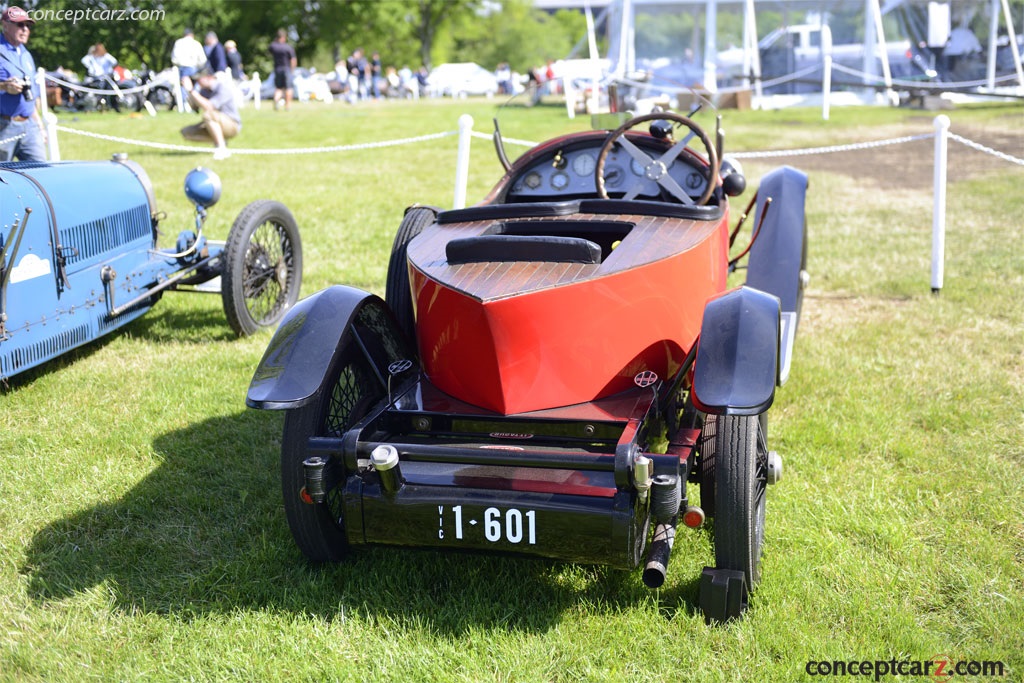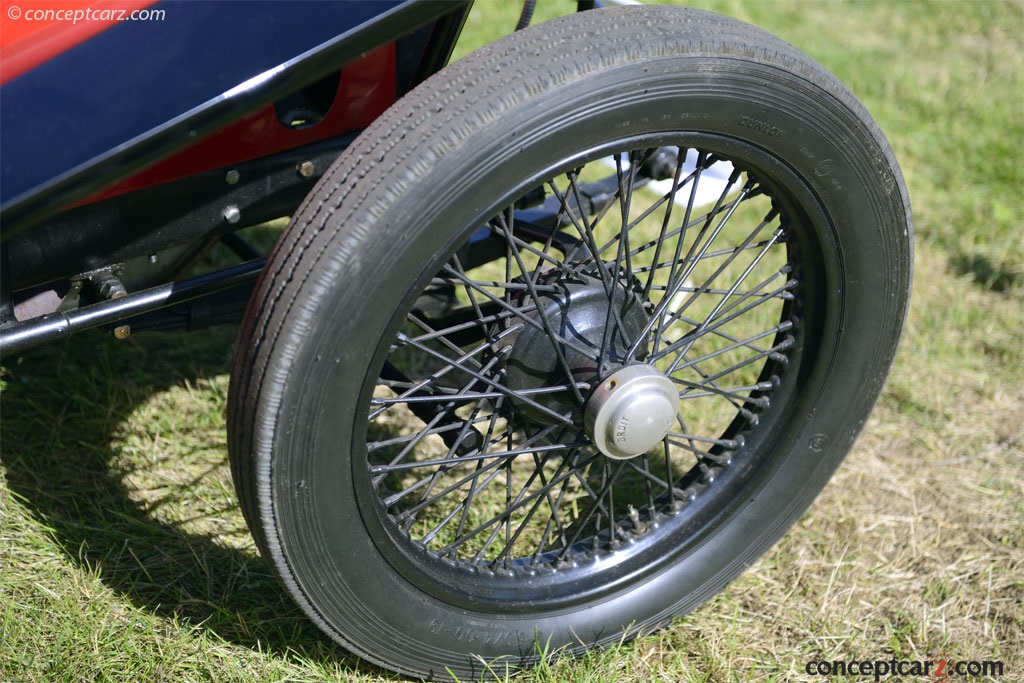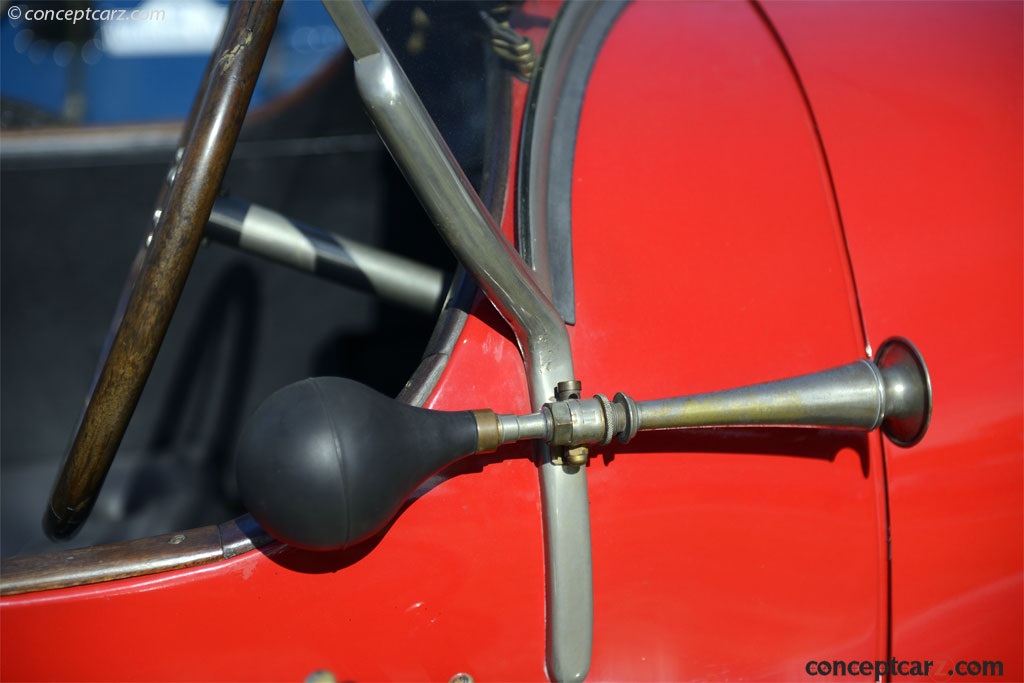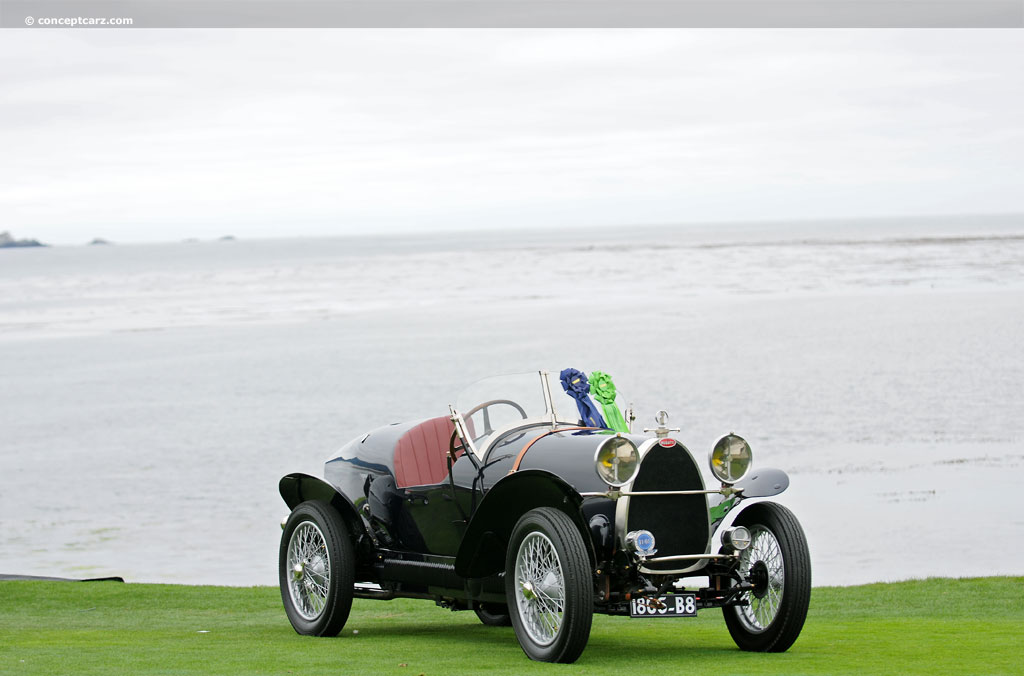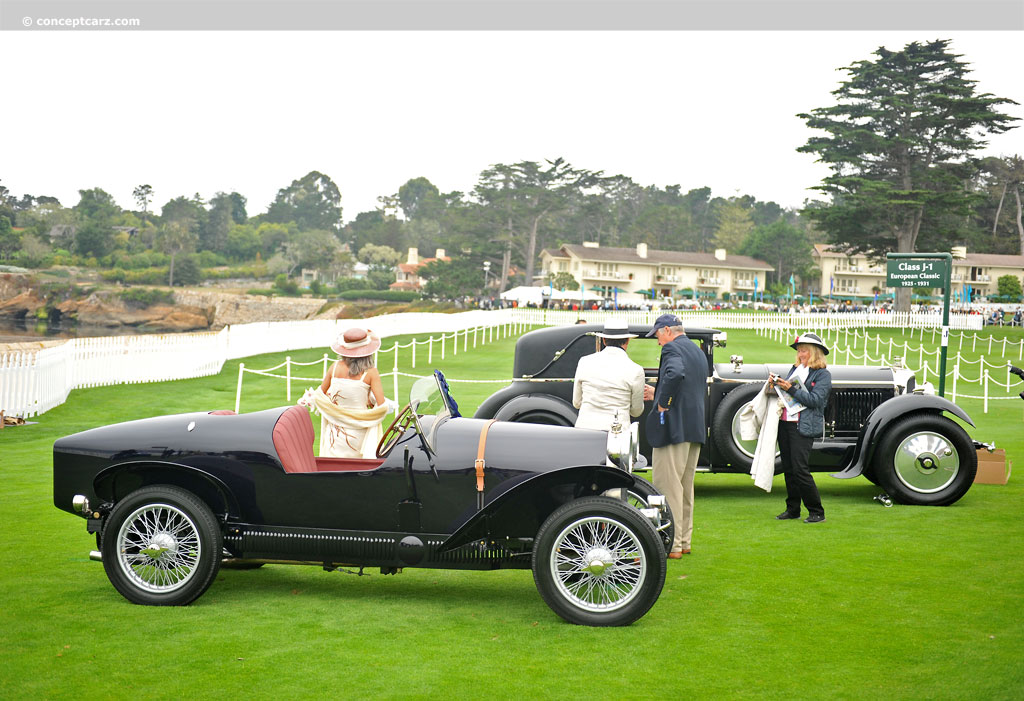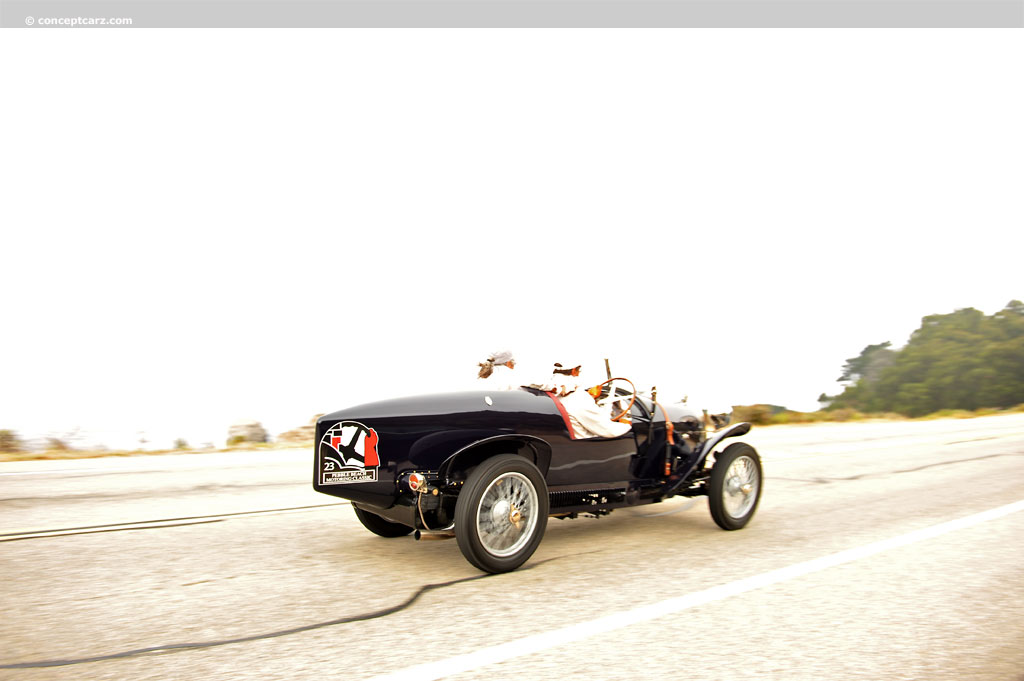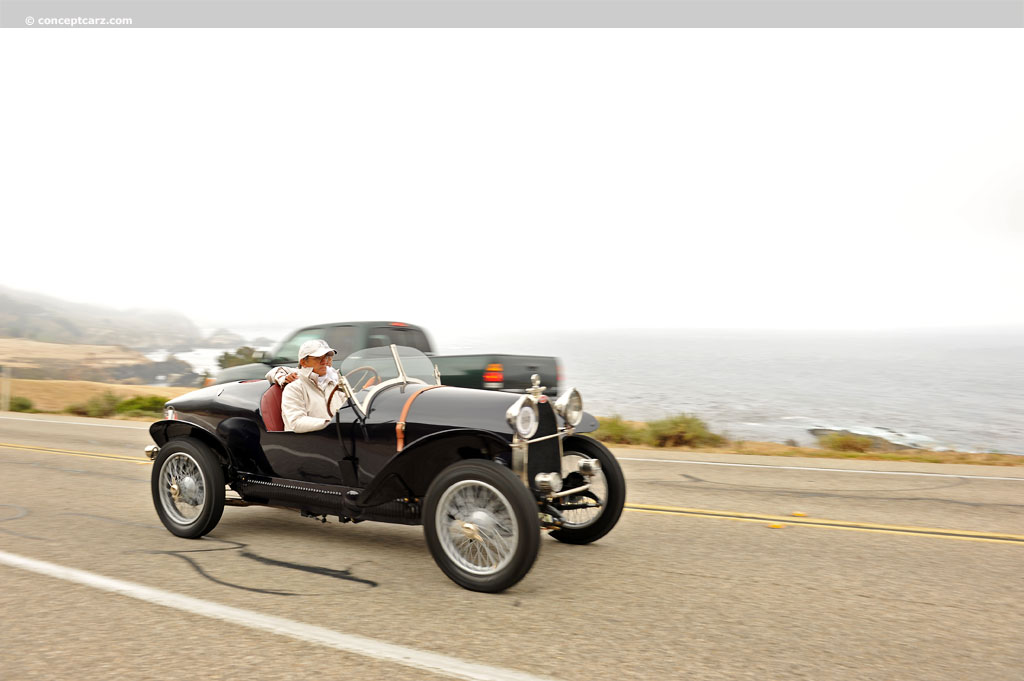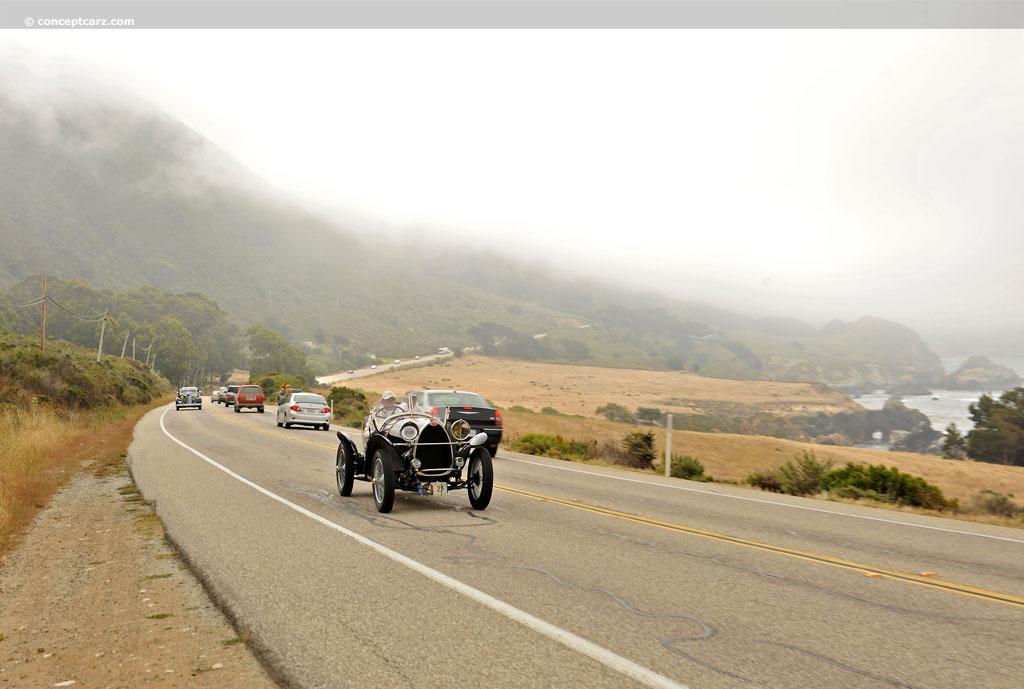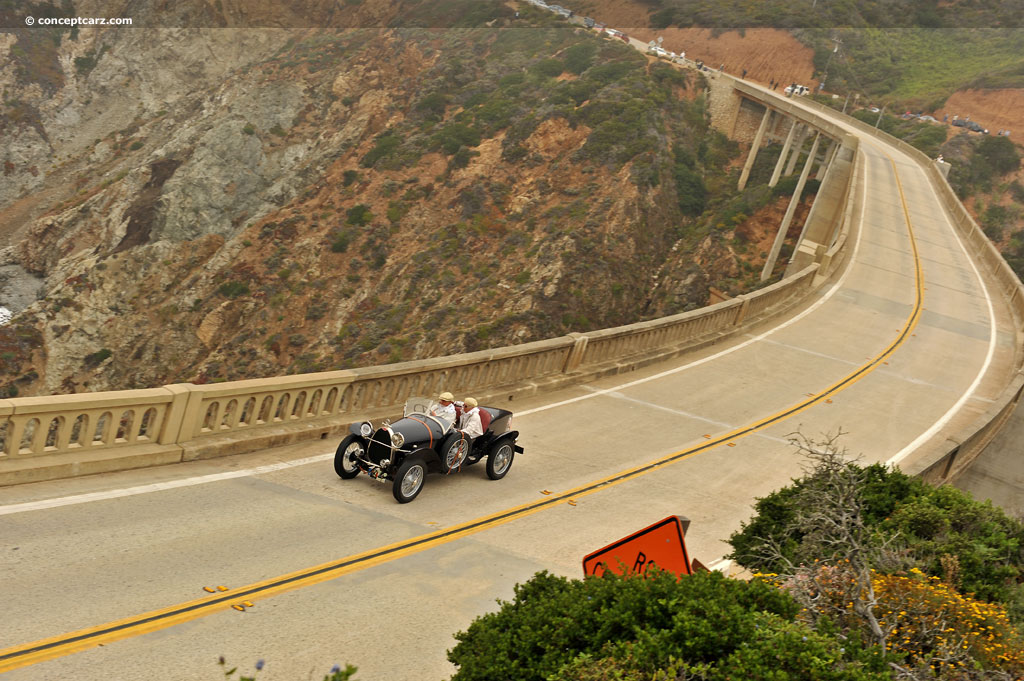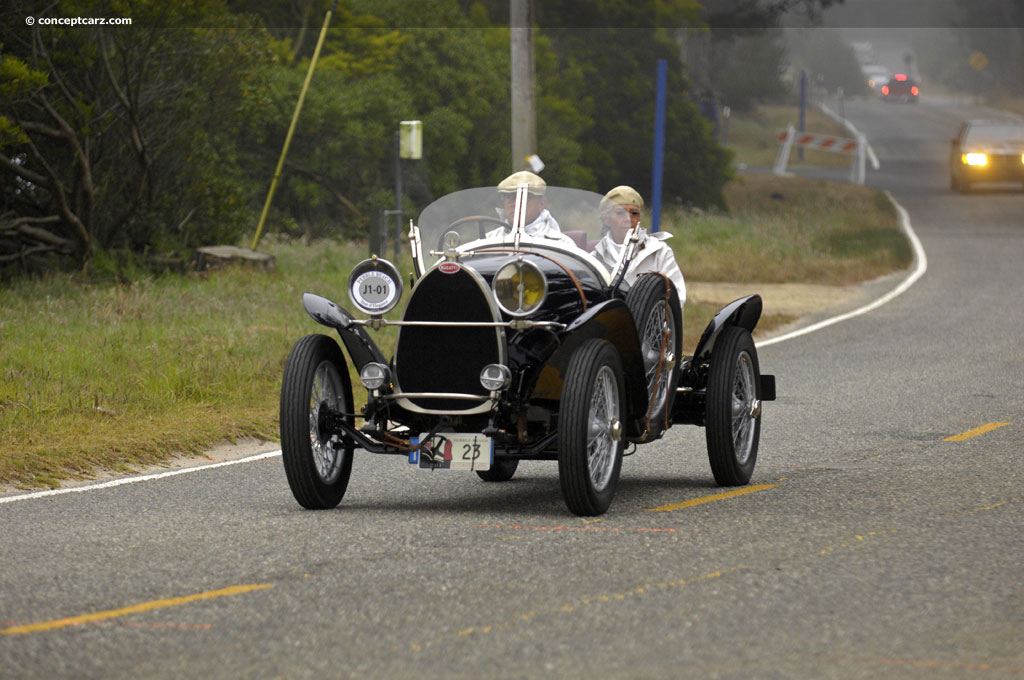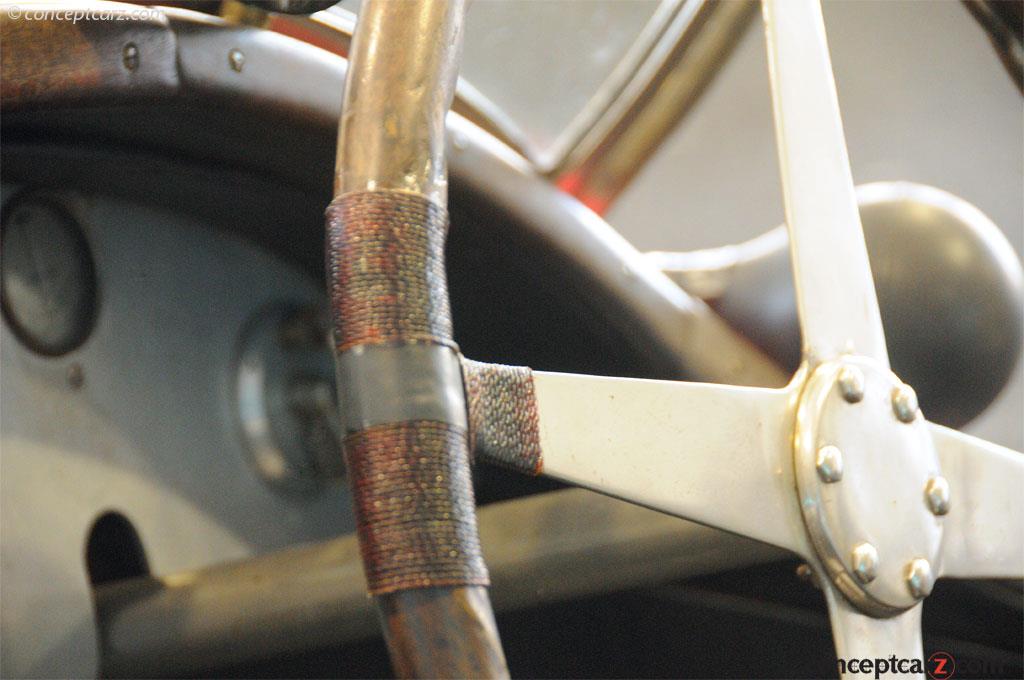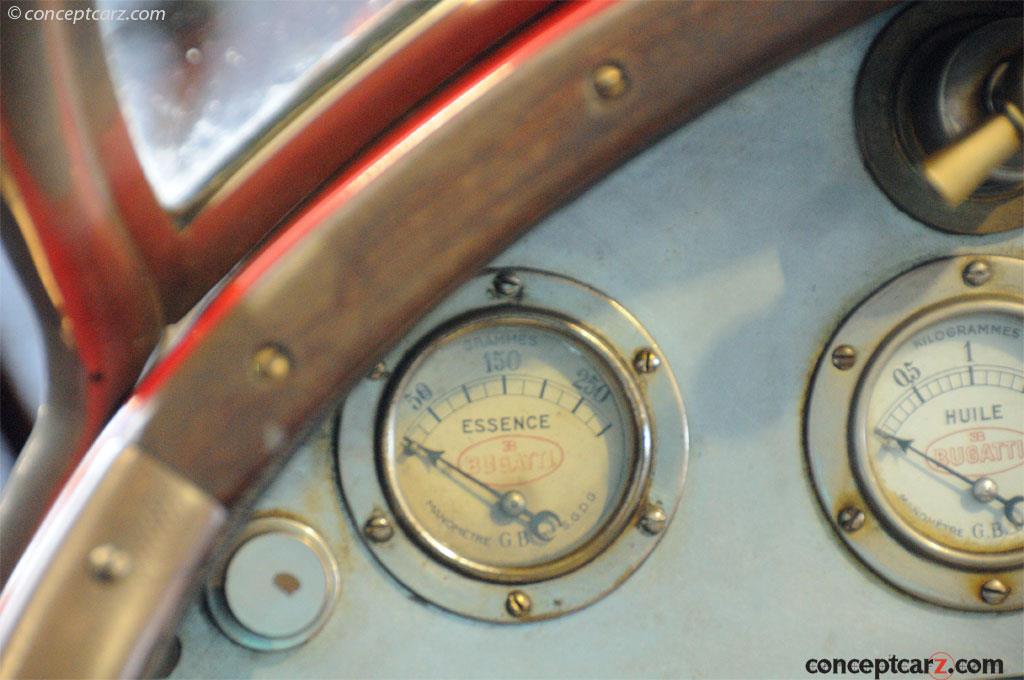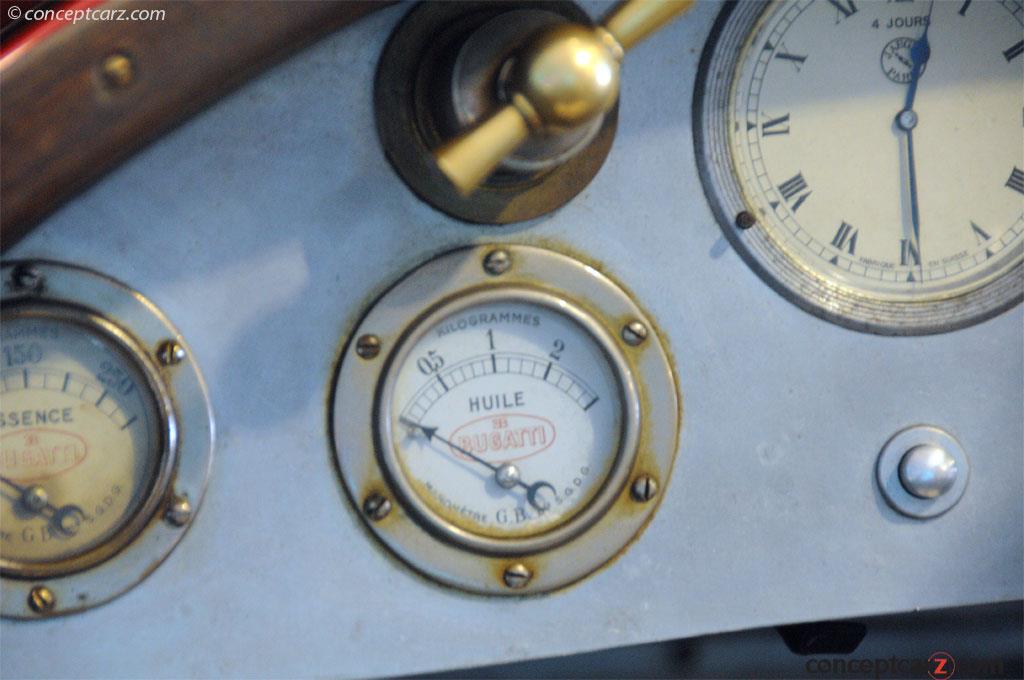In 1920, Bugatti succeeded with their 16-valve engines with Ernest Friderich winning the French Voiturette Grand Prix at LeMans in a Bugatti Type 13. The following year, a trio of Bugatti’s swept the first three coveted spots at Brescia. In honor of this victory, all 16-valve engine cars were called Brescia. Longer wheelbase Type 22 and Type 23 followed, both of which came equipped with the single-overhead-camshaft 16-valve Brescia engine, which was built alongside the 8-valve ‘Petit Pur Sang’ versions.
The racing Bresscia’s that had dominated the voiturette category at the 1921 Italian Grand Prix derived the refined and road-worthy Brescia Modifié sportscar, introduced in February of 1923. The engine incorporated a ball-bearing crankshaft and aluminum crankcase, and was coupled to a four-speed gearbox developed from the Brescia racers. A top speed of 70 mph was guaranteed.
Approximately 200 Brescia chassis were built in 1923, with nearly all of them Type 22 and 23. Approximately 19 of them are known to survive. Between 1914 and 1926, around 2,000 examples of the Brescia were built with engine capacities of 1,368, 1,453 and 1,496cc.
Of the 19 surviving examples, half have been shortened to the Type 13 configuration; over the years, many have lost their original engine or body.


